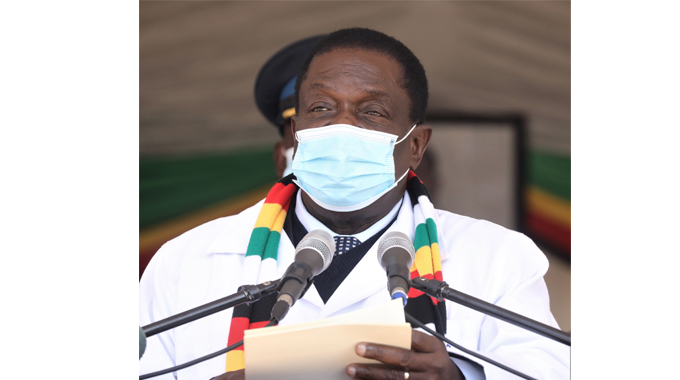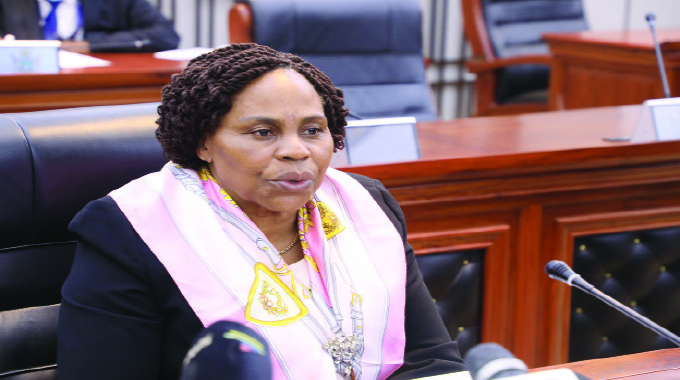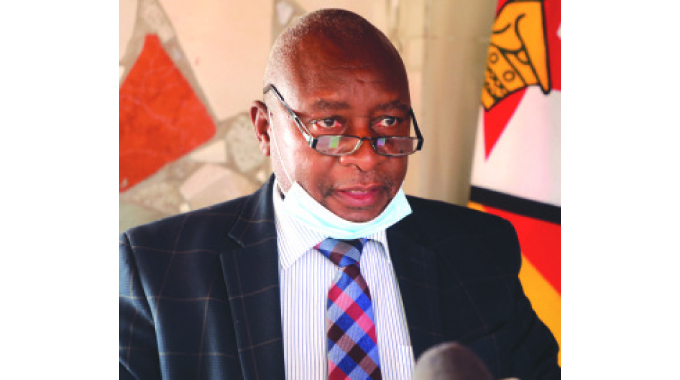COMMENT: Nyika inovakwa nevene vayo/Ilizwe lakhiwa ngabaninilo

Zimbabwe has never seen as much nationally-representative, as much socially and economically transformative infrastructure development as it is seeing now.
That we can assert.
Dams, roads, bridges, clinics, schools, houses, government offices, historical monuments, communication infrastructure, irrigation schemes and so on are being built all over the country. Lake Gwayi-Shangani; Tuli-Manyange, Chivhu, Muchekeranwa and Marovanyati dams; Deka pipeline, Matabeleland North Government Complex, Beitbridge-Masvingo-Chivhu Road; Harare Polytechnic, National University of Science and Technology, Lupane State University, Great Zimbabwe University campus radio stations; Old Bulawayo restoration, countless rural and urban roads are coming up.

Minister Monica Mutsvangwa
The massive infrastructure development means greater business for contractors, job creation, better livelihoods for those who secured jobs, more comfortable travelling and more. Roadworks alone, for example, have created 11 000 jobs.
What makes the infrastructure development more remarkable is that it is happening through utilisation of internally-generated resources and also that all this progress started around 2018.
Yes, we appreciate that there was much infrastructure development in the immediate post-independence period as the new Government sought to expand service provision to the majority beyond areas that accommodated whites.
However, the country was not under sanctions then. Donors contributed – the World Bank, Swedish International Development Cooperation Agency and Norwegian Agency for Development Cooperation among them. Not now.
They are neither lending nor donating, so we are out there alone.
We cite elsewhere today the Minister of Information, Publicity and Broadcasting Services, Monica Mutsvangwa updating the nation on the implementation of various projects under this year’s second 100-day cycle.
As the Government drives towards Vision 2030 of an upper middle income society, she said many of the projects are nearing completion.

Great Zimbabwe University
She said the Government has completed thatching King Lobengula’s Palace at Old Bulawayo with the design and mounting of exhibition panels now 80 percent complete. Civil works for the installation of Nust’s campus radio station are now 90 percent done, LSU’s radio project is at 50 percent completion with hopes it will go on air in October.
In Matabeleland South Province, work on the decentralisation of passport services from Gwanda to Beitbridge District has reached 65 percent while construction of a home economics block at Joshua Mqabuko Nyongolo Nkomo Polytechnic has reached 99 percent completion. Building of Gwanda State University’s engineering laboratory and innovation complex is now 50 percent complete.
We are a country under construction indeed and proud of the progress that is happening, and happening through national resources.

Gwanda State University
President Mnangagwa’s administration deserves all the praises for building the country under very difficult conditions. Sanctions or no sanctions, he has always told us, will not stop the Government from using local financing and skills to build the country. As a result, his philosophy that nyika inovakwa nevene vayo/ ilizwe lakhiwa ngabaninilo becomes much more meaningful, much more relevant and truer.
The people of Zimbabwe recognise the work that is being done.
They can see strip roads being replaced by paved and wider ones, they no longer walk long distances to their nearest health service centre, their children now have a school nearby, they now grow food and earn incomes from communal irrigation schemes, they can now access products and services which they could not in the past every time the local river was in flood and now consume potable water after their Government drilled a borehole in their village.
A big thumbs-up to authorities for their determined effort to build the country, transform infrastructure as well as livelihoods.








Comments